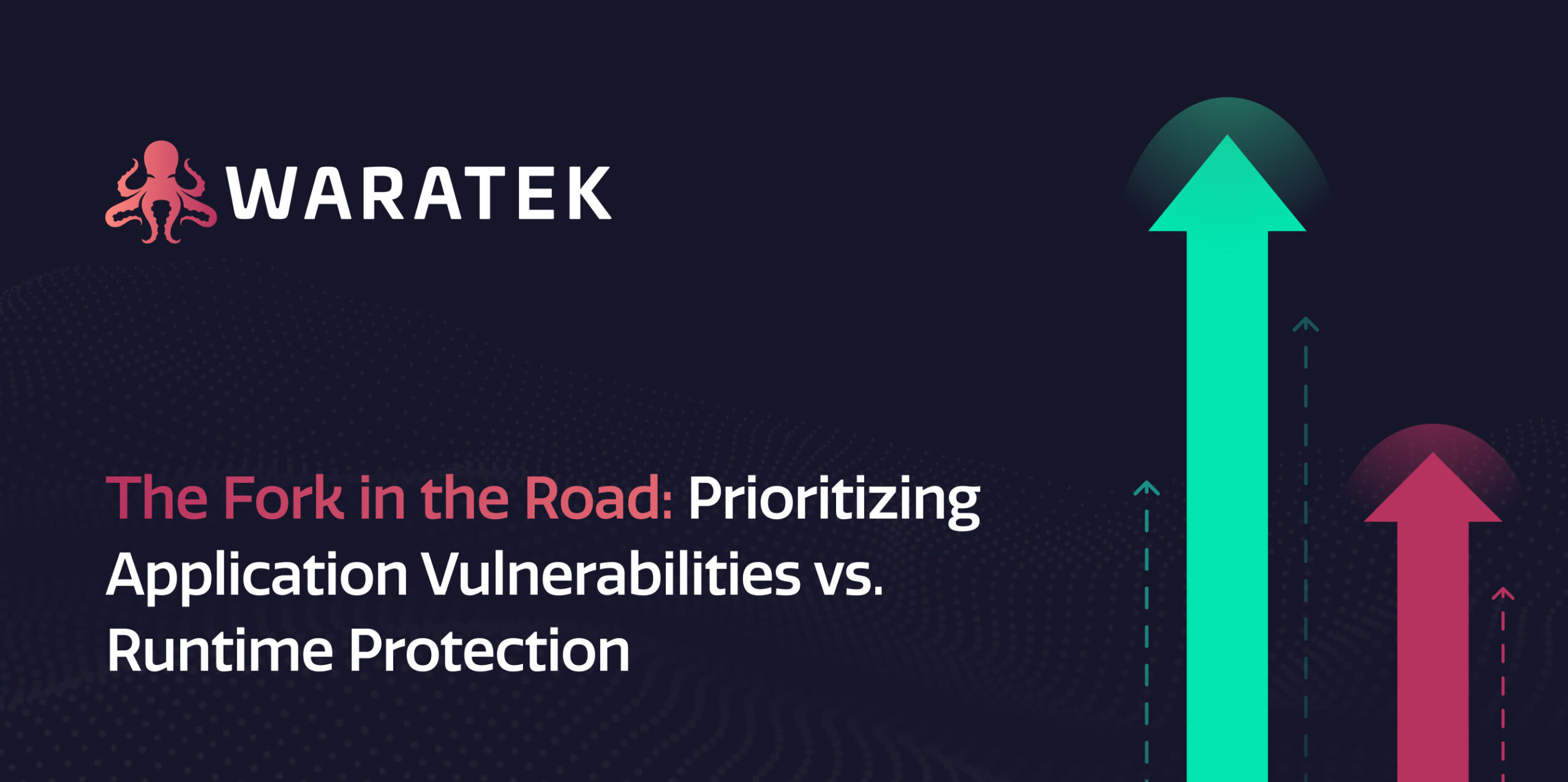If you work for a bank or financial institution, there’s a good chance you hear a lot about the The Gramm-Leach-Bliley Act (GLBA). Also known as the Financial Services Modernization Act of 1999, this legislation mandates a strict standard for how financial institutions manage the private information of individuals. It also dictates that Finance Organizations must disclose their exact methodology surrounding data privacy and protection to their customers.
For moral, financial and regulatory purposes, it is in the best interest of any such institution to maintain full compliance with the GLBA. Failure to do so can result in data breaches, financial losses, erosion of customer trust and regulatory penalties. Luckily, if your financial institution uses Java applications, Waratek can help you achieve and maintain GLBA compliance with the push of a button. Let’s take a look at what these requirements look like and pop the hood on the Waratek platform to understand how we can help make GLBA violations a distant memory.
Why Should You Take the GLBA Seriously?
The consequences of failing to meet these requirements can be severe, including fines and penalties imposed by the Federal Trade Commission (FTC), federal banking agencies, and other federal regulatory authorities. These can add up quickly, reaching up to $100,000 for each violation by the institution. What’s more, the act gives these agencies the authority to levy personal fines for officers and directors involved in non-compliance. These penalties can reach $10,000 per violation.
There have been numerous cases where financial institutions faced hefty penalties for GLBA violations, such as the $60 million civil fine imposed on Morgan Stanley in 2020 for insufficient data protection measures. In the same year, Wells Fargo was hit with a $3 billion fine, a generous portion of which involved violations of the GLBA. The bank was accused of creating millions of unauthorized bank and credit card accounts, a direct violation of the GLBA’s requirement to protect consumers against hazards to their financial privacy.
But financial losses aren’t the end of it. In cases of knowing violations, criminal penalties can also be applied under the GLBA. This can include fines and imprisonment. For example, for wrongful disclosure of customer information or obtaining customer information under false pretenses, individuals can be imprisoned for up to 5 years.
What is the GLBA?
The GLBA was introduced to address concerns over the protection of private financial information following financial sector reforms that allowed banks, securities companies, and insurance firms to consolidate. This consolidation posed increased risks to personal financial data, prompting the need for stricter regulations to safeguard consumer privacy and data.
The GLBA is written to ensure companies who have been entrusted with sensitive personal data by their customers both protect that data and notify customers about their information-sharing practices. The act is primarily divided into three sections: The Financial Privacy Rule, The Safeguards Rule, and Pretexting Provisions. Let’s dig into what these rules are and how you can avoid violating them using the Waratek platform.
Waratek’s Role in GLBA Compliance
The Financial Privacy Rule
This rule requires financial institutions to provide each consumer with a privacy notice at the time the consumer relationship is established and annually thereafter. The privacy notice must explain the information collected about the consumer, where that information is shared, how that information is used, and how that information is protected. The notice must also identify the consumer’s right to opt-out of the information being shared with unaffiliated parties pursuant to the provisions of the Fair Credit Reporting Act.
Waratek helps financial institutions to identify and categorize consumer personal data through its advanced security-as-code features. By embedding security directly into the application’s runtime, Waratek allows organizations to define and enforce policies that automatically classify and tag sensitive data as it is processed.
Also in Waratek’s toolkit are data classification rules that can be scripted to automatically recognize and label different types of data based on predefined criteria such as data format, content, and source. For instance, when personal identifiable information (PII) like Social Security numbers or credit card details are detected within data flows, Waratek can automatically tag this data as sensitive according to the institution’s data governance policies. This classification process helps maintain accurate records of what types of data are collected and how they are handled, ensuring that privacy notices reflect the data’s nature and use.
Waratek’s can also handle all the logging and reporting required in this rule. Our engine can monitor and enforce these access controls at runtime. It logs all access attempts and denials to provide an audit trail that can be reviewed to ensure compliance with privacy policies. This capability helps institutions adhere to the compliance requirements while also modifying and adapting these controls quickly as policies change over time. The modification process is quick and painless since it doesn’t require your engineers to modify the application code directly.
The Safeguards Rule
The Safeguards Rule is the most straightforward and important tenet of the GLBA. This rule mandates that financial institutions implement a security plan to protect the confidentiality and integrity of personal consumer information. The plan must be appropriate to the institution’s size and complexity, the nature and scope of its activities, and the sensitivity of the customer information it handles.
Luckily, Waratek is essentially a one-stop shop designed primarily to directly enforce the safeguards rule. Waratek gives banks and other finance organizations a comprehensive framework for creating and enforcing security protocols to protect consumer information.
Waratek’s rule-based approach allows these organizations to dynamically apply security measures such as encryption, access controls, and vulnerability management. And as As mentioned in the last section, this doesn’t require any alteration to the underlying application code. For instance, Waratek can virtually patch applications to shield them from known vulnerabilities. This capability comes in clutch for reducing the window of exposure and the need for urgent manual patching that can disrupt business operations.
Furthermore, Waratek supports the creation of complex rules that dictate how data is handled. Using this feature, security teams can ensure data is encrypted both in transit and at rest, as well as the detailed logging of all data access and system actions. These features ensure that financial institutions can maintain a security posture that adapts to new threats and vulnerabilities as they emerge.
The Pretexting Provisions
These provisions prohibit the practice of pretexting — accessing private information under false pretenses. They require that financial institutions have measures in place to protect against this type of information gathering.
Waratek protects against pretexting by providing tools that help verify and authenticate access to sensitive consumer information at multiple levels within an application’s infrastructure. By using Waratek’s advanced rule configurations, institutions can enforce stringent authentication and validation mechanisms before sensitive data is accessed or altered. This can include setting up triggers that require secondary authentication when suspicious or unusual access patterns are detected, or when access is attempted from unapproved locations or devices.
Additionally, Waratek provides context-aware monitoring of all access requests, helping to identify and respond to potential pretexting attempts. The comprehensive logging provided by Waratek ensures that any suspicious activity is recorded and can be audited to provide evidence in investigations of illicit access attempts.




